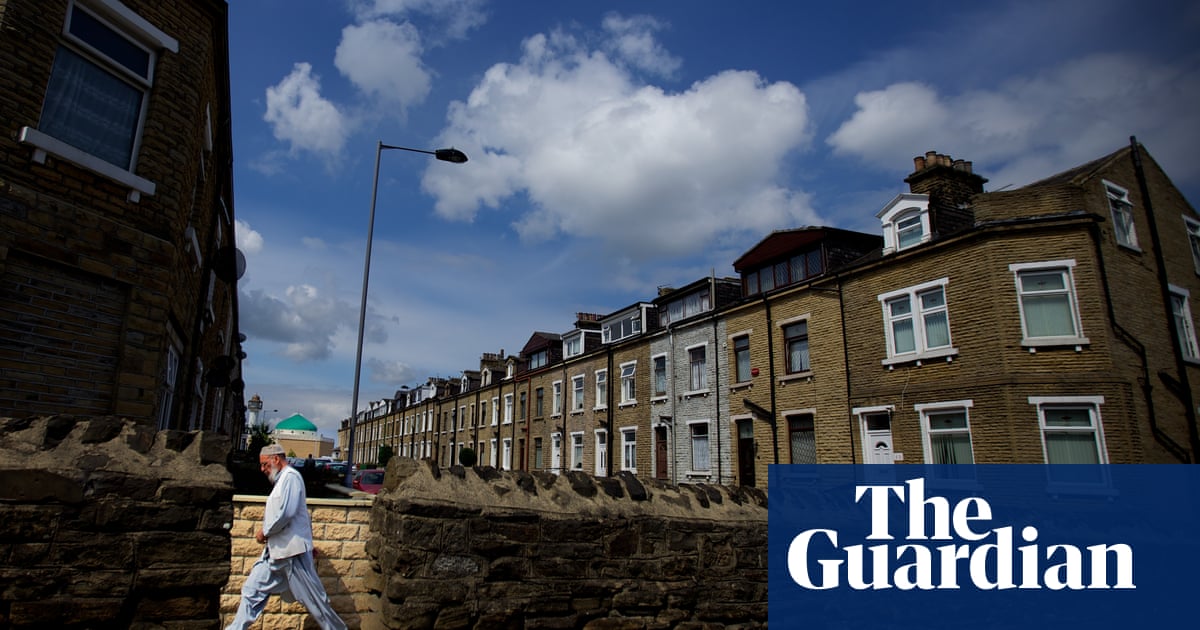What happens to your mental and physical health when you move to an area with worse air pollution? That’s the subject of a fascinating new UK-basedstudy.
Prof Rosie McEachan, the director ofNHS Born in Bradford, asked: “Do already unhealthy communities, who are often poorer members of our society, end up in unhealthier environments because no one else wants to live there; or is it the places themselves that are making people ill?”
The researchers used information from theConnected Bradford database. This contains the health records of more than 800,000 people who have lived in Bradford, West Yorkshire, since 1970 that can be studied in an anonymised way. Specifically, the researchers looked at 14,800 people who relocated within the city during early 2021.
With increasingevidence that air pollutionaffectsmental health, the researchers focused on prescriptions for drugs for common mental health problems including depression and anxiety. Before moving, 2,100 people were taking these drugs. The researchers then checked for prescriptions a year later.
People without a prescription at the start of the study who relocated to an area with more particle air pollution had an 11% greater risk of developing a new mental health problem, compared with the other movers.
Dr Mikel Subiza-Pérez, the lead author of the study, said: “We took account of the socioeconomic characteristics of each area, including income deprivation, employment deprivation, education, health deprivation, disability and crime.”
Moving to an area with increased green space, as measured by satellite photographs, led to reductions in prescriptions for mental health drugs, but this depended on the quality of the local green space.
Subiza-Pérez said: “It appears that living close to poor quality green spaces can worsen mental health. That makes sense if there is nothing for you in that space, or if you do not feel welcome or safe there because of current design and equipment. Many green spaces are not sufficiently equipped for people to use them comfortably, we need benches, shades and other stuff for people of all ages.”
The study also revealed some of the difficulties faced by people with mental health problems. McEachan explained: “Our study clearly shows that people experiencing mental health problems tend to move more often and to areas with worse environmental quality, which, in turn, may impact their ability to recover.”
The effects of moving to an area with worse air pollution are not confined to mental health.A 10-year study in southern Californiaalso showed that lung growth improved for children that moved to areas with less particle pollution. The opposite occurred in those who moved to more polluted places.A study of more than 10 million older peoplein the US showed that relocating to an area with different air pollution affected how long they lived.
McEachan summarised the main message from theBradfordstudy: “If we want to make our cities healthier and happier places to live for all communities then we need to target investment in areas with greatest need. Policy makers should be considering initiatives to reduce pollution and improve the quality public realm space in inner-city areas via investment in regeneration, public transport and traffic reduction.”
